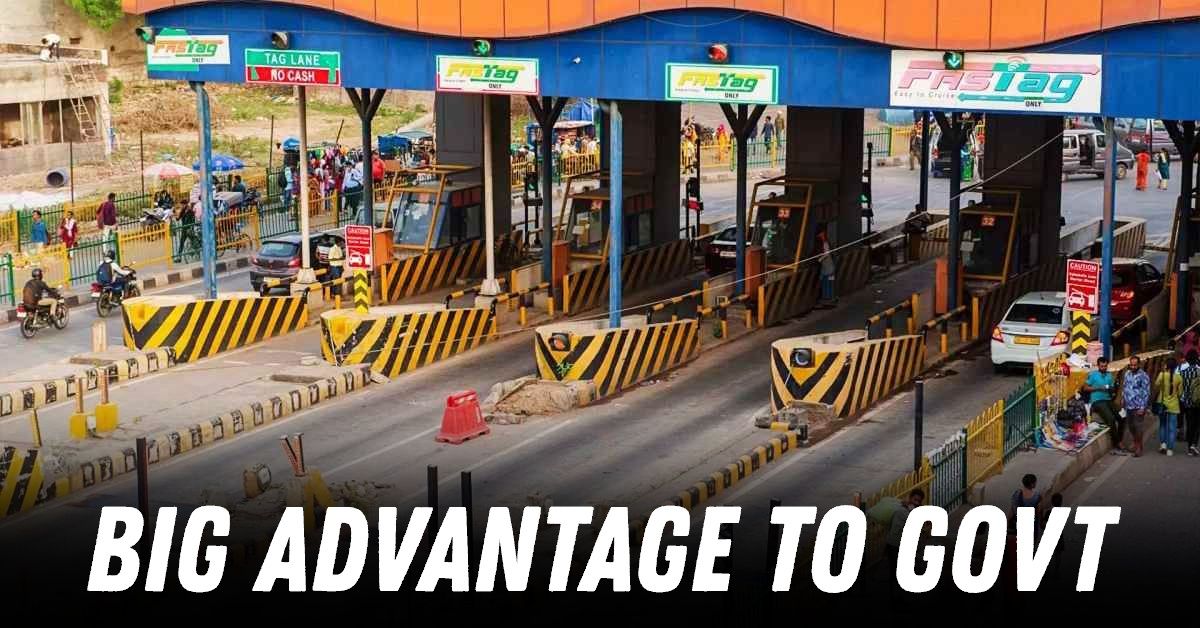High Court's Big Decision On Fastag: It's Advantage Govt Now!


Recently, a plea was filed at the Bombay High Court challenging the mandatory use of FASTag at toll booths. The plea also raised questions regarding the double toll collection for non-FASTag vehicles. Now, it has been reported that the Bombay High Court has ruled in favor of the government and the National Highways Authority of India (NHAI). It has highlighted that the ruling is based on the National Highways Fee (Determination of Rates and Collection) Rules, 2008.
The PIL (Public Interest Litigation) filed by a man from Maharashtra raised concerns against NHAI’s decision to collect double toll fees from vehicles that do not have FASTag. It was also mentioned in the PIL that the conversion of cash lanes into FASTag-only lanes was illegal and arbitrary, and it also violated the due process of law.
In its ruling, the Bombay High Court highlighted that its decision to reject the PIL is based on the National Highways Fee (Determination of Rates and Collection) Rules, 2008. The court stated that these rules allow toll collection policies like FASTag to be implemented.
As per the court, vehicles without a FASTag are diverted to a designated left lane, where they can pay tolls in cash but at double the standard rate. It added that this system is not a penalty but rather an officially prescribed toll fee under the 2008 rules. Apart from this, it also promotes the government’s policy decision to encourage digital payments for seamless road travel.
In addition to this, the Bombay High Court further added that the FASTag system was not imposed abruptly. Rather, it was introduced gradually to give the public enough time to adapt. For those who may not remember, FASTag was introduced in 2014 and was gradually expanded across the country.
Later, the government amended the Central Motor Vehicle Rules, 1989, which made FASTag mandatory for category M and N vehicles sold on or after December 1, 2017. Currently, all new vehicles sold by manufacturers are required to be provided with FASTag at the time of sale.
Over the last few years, FASTag has made traveling on highways easier. Today, vehicles do not have to stop and pay tolls by cash or cards. Rather, the money gets deducted automatically from the account linked to the FASTag of the vehicle. Now, this system is already very convenient. However, the government is now working to replace this system with an even more advanced GPS-based toll collection system called GNSS.
GNSS stands for Global Navigation Satellite System, and it represents the next evolution in toll collection technology. Unlike FASTag, which relies on fixed toll locations and vehicle classification for determining toll charges, GNSS uses real-time location tracking.
With this tracking, it calculates tolls based on the exact distance traveled by a vehicle on a toll road. This system will utilize satellites to monitor a vehicle’s journey from entry to exit on a highway. This extremely advanced system will ensure that drivers only pay for the precise distance they cover.
Most likely, GNSS will be rolled out in the coming months. According to the government, this transition to GNSS will not happen overnight. It has been announced that the government plans to implement the new system in phases. It will first start with a hybrid model that integrates GNSS with the existing FASTag technology.